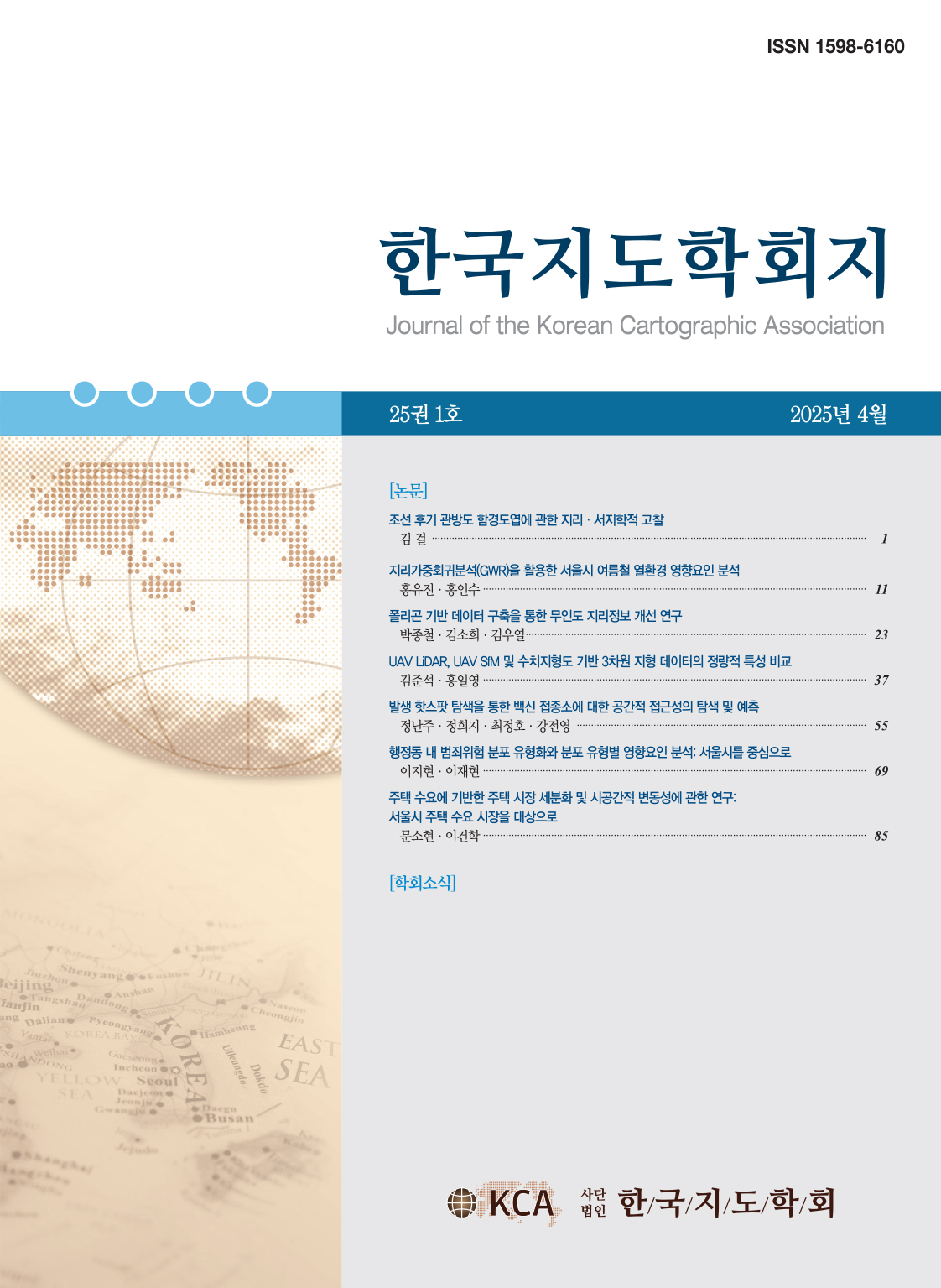Research Article
Abstract
References
Information
This study is to conduct a network analysis between hog farms and slaughters using GPS based vehicle movement data. In order to cope with foot and mouth disease, early response and preemptive prevention of epidemics can be crucial role. Analysis of vehicle movement that is a major agent for disease spread and relationship between slaughters and hog farms needs to be conducted for the above strategies. This study conducted network analysis between slaughters and swine farms with vehicle movement data from KAHIS (Korea Animal Health Integrated System). For this analysis, we constructed binary matrix data between slaughters and swine farms. We applied ‘Rasch Model’ to estimate risk scores for each slaughters and swine farms. After that, we also used ‘Latent Class Analysis (LCA)’ to cluster swine farms. Results from ‘Rasch Model’ said that farms in Jeollabuk-do Province and Gyeonggi-do Province have high level risk scores which indicates high risks for disease spread. Results from LCA said that the proper number of clusters is seven. Considering the risk scores from ‘Rasch Model’, which indicates level of relationship with diverse slaughters, government agency needs to concentrate upon clustering group 4, followed by cluster group 1, 3, 5, 6. In the case of cluster group 2, 7, which have low scores, they have relatively lower risks for disease spread. The results considered, it can be a better strategy that government agency restricts only a few paths in Jeollabuk-do Province and Chungcheongnam-do Province instead of all paths in the outbreak of disease.
본 연구의 목적은 양돈 농장 관련 차량 이동 데이터를 활용해 농장과 도축장 간 네트워크 분석을 수행하는 데 있다. 구제역과 같은 확산 속도가 빠른 질병에 효과적으로 대응하기 위해서는 초동대응 및 선제적 차단방역이 중요하다. 이러한 방안을 마련하기 위해서는 질병 전파의 주요 매개체인 차량 이동 분석 및 질병이 확산되는 장소인 도축장과 양돈농장의 연계 관계에 대한 분석이 요구된다. 본 연구에서는 KAHIS(국가가축방역통합시스템, Korea Animal Health Integrated System)가 관리하는 차량 이동 데이터를 기반으로 농장과 도축장 간 바이너리 매트릭스를 생성해 농장과 도축장 간 네트워크 분석을 실시하였다. Rasch model 및 Latent Class Analysis(LCA) 방법을 활용해 농장과 도축장의 위험도를 산출하고, 농장을 군집화하였다. Rasch model 분석 결과, 전라북도와 경기도 농장이 높은 위험도를 보였으며, 이는 질병 전파의 위험도가 높은 것으로도 해석 가능하다. LCA를 활용한 군집 분석 결과, 총 7개의 군집으로 분류되었다. 특히, Rasch model에서 추정된 위험도의 고려했을 때, 4번 군집이 중점적으로 관리되어야 할 대상인 것으로 나타났다. 그 다음으로는 위험도가 0.02수준인 1, 3, 5, 6번 군집이 주의해야 할 대상으로 나타났다. 위험도가 상대적으로 낮은 2, 7번 군집의 경우, 도축장을 통한 질병 전파 위험도는 낮은 수준인 것으로 해석 가능하므로 군집 단위의 관리보다는 개별 농장 단위의 모니터링 관리를 고려해볼 수 있다. 본 연구 결과에서의 양돈 농장과 도축장 간 군집 분석 결과를 고려한다면 김제, 고창과 인접한 정읍, 부안, 익산을 이어서 논산과 공주까지의 전북, 충남의 일부 지역에 대해서만 이동제한을 연장하는 세밀한 방역조치를 생각해볼 수 있었을 것이다.
- 김소현, 2016, “구제역이 돼지고기 소비에 미치는 영향: 소비자의 행동에 미치는 영향을 중심으로,” 서울대학교 석사학위논문.
- 노언경・홍세희, 2009, “준모수적 집단 중심 방법을 적용한 청소년기 초기의 공격성 변화에 따른 잠재계층 분류와 관련요인 검증,” 조사연구, 10(3), 37-58.
- 박선일・배선학, 2016, “가축 질병 가상방역훈련 (CPX) 을 위한 축산차량 이동 분석: 도축장의 서비스 범위 분석을 사례로,” 한국지도학회지, 16(1), 67-77.
- 박혁・배선학・박선일, 2016, “도축장 출하차량 이동의 사회연결망 특성 분석,” 한국임상수의학회지, 33(5), 278-285.
- 송주호・우병준・허덕・박선일, 2006, 「가축질병의 경제적 영향 분석」, 나주: 한국농촌경제연구원.
- Aitkin, M., Vu, D., and Francis, B., 2016, Statistical modelling of a terrorist network, Journal of the Royal Statistical Society: Series A (Statistics in Society), 180(3), 751-768.10.1111/rssa.12233
- Barasa, M., Catley, A., Machuchu, D., Laqua, H., Puot, E., Tap, K.D., and Ikiror, D., 2008, Foot-and-Mouth disease vaccination in South Sudan: Benefit–cost analysis and livelihoods impact, Transboundary and Emerging Diseases, 55(8), 339-351.10.1111/j.1865-1682.2008.01042.x18786073
- Beath, K.J., 2017, randomLCA: An R package for latent class with random effects analysis, Journal of Statistical Software, 81(13), 1-25.10.18637/jss.v081.i13
- Mair, P., Hatzinger, R., and Maier, M.J., 2016, Extended Rasch Modeling: The R Package eRm, PDF-Dateianhang zum Programmpaket eRm.
- Nylund, K.L., Asparouhov, T., and Muthén, B.O., 2007, Deciding on the number of classes in latent class analysis and growth mixture modeling: A monte carlo simulation study, Structural Equation Modeling, 14(4), 535-569.10.1080/10705510701575396
- Publisher :The Korean Cartographic Association
- Publisher(Ko) :한국지도학회
- Journal Title :Journal of the Korean Cartographic Association
- Journal Title(Ko) :한국지도학회지
- Volume : 19
- No :1
- Pages :69~79
- DOI :https://doi.org/10.16879/jkca.2019.19.1.069



 Journal of the Korean Cartographic Association
Journal of the Korean Cartographic Association





